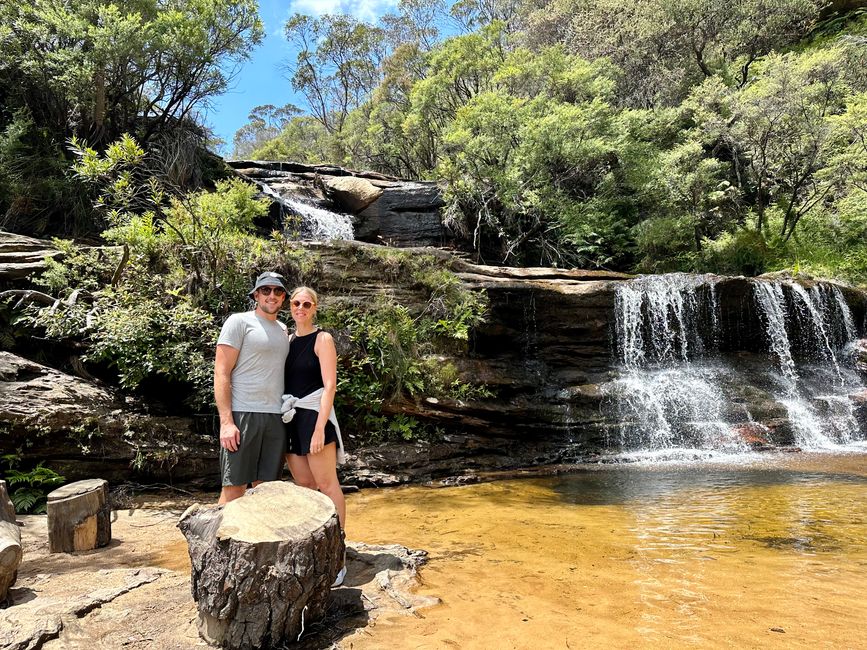Day 19 - San Pedro de Atacama
Oñemoherakuãva: 23.04.2024
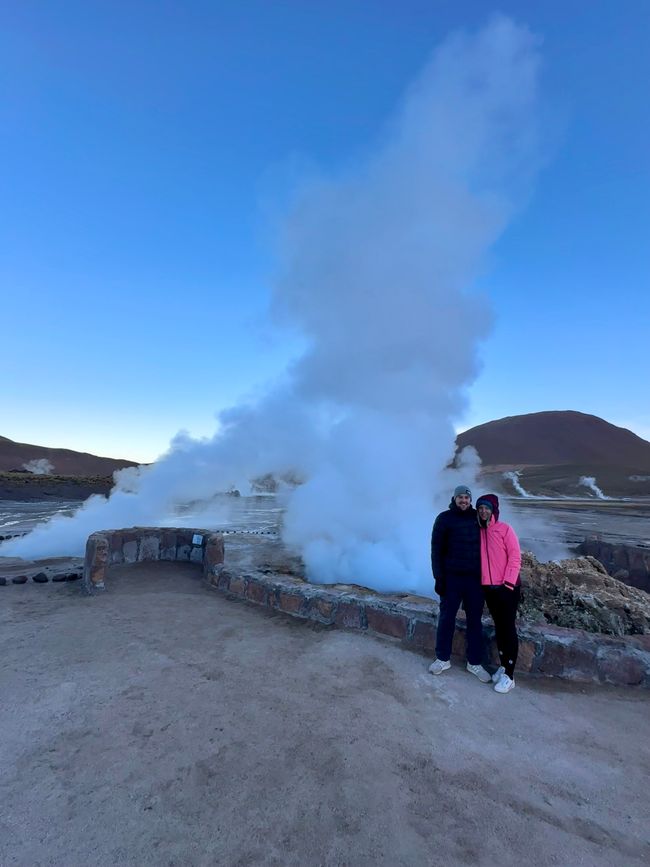
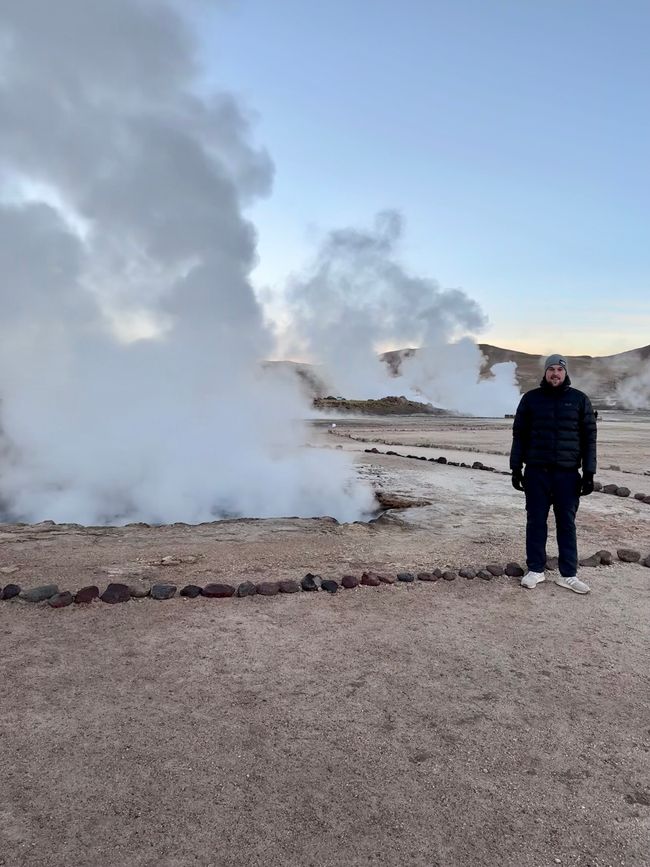
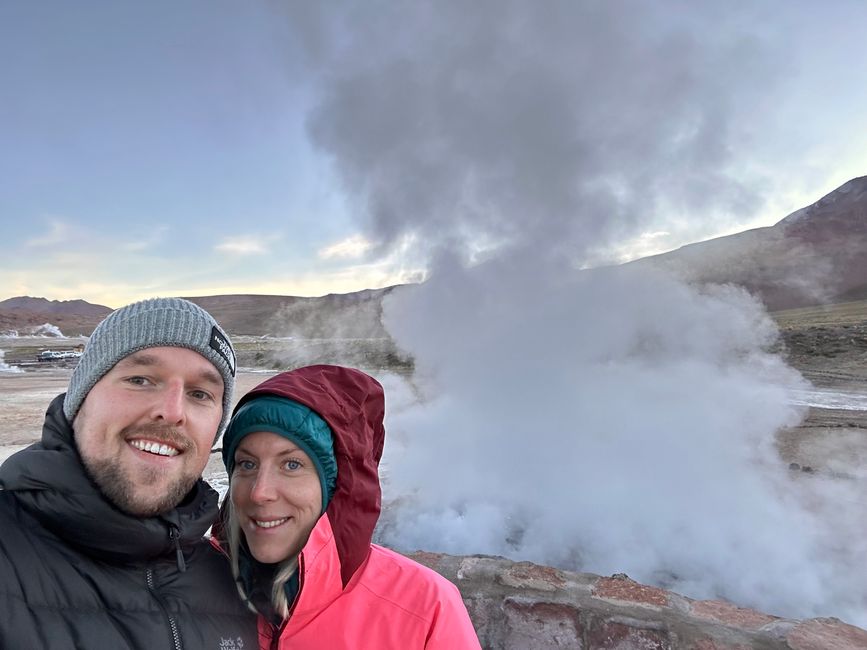
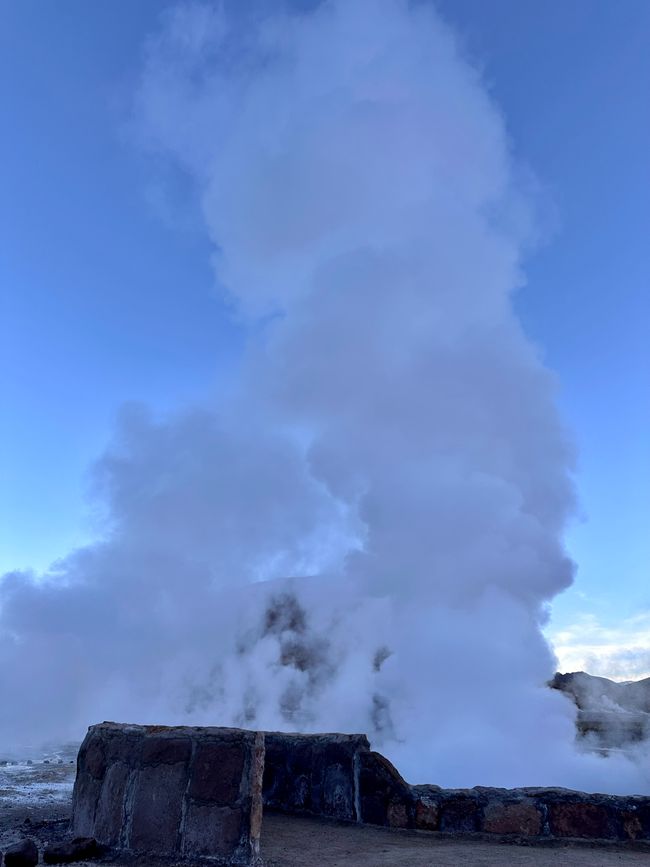


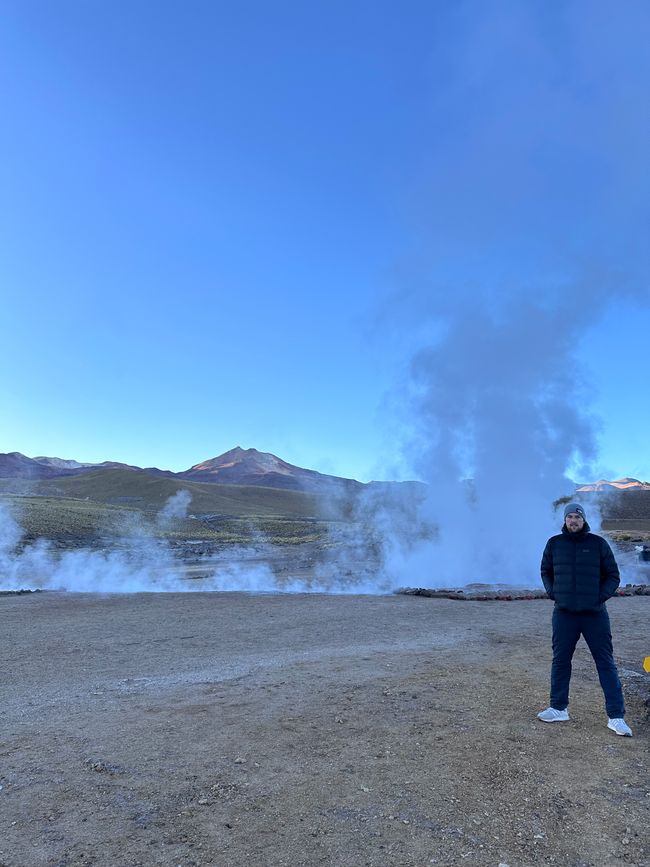
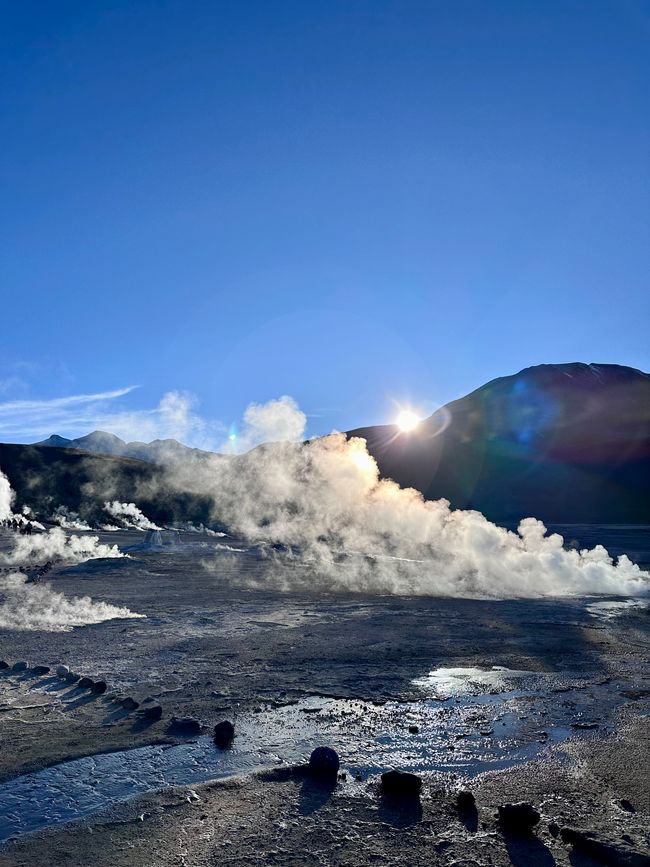
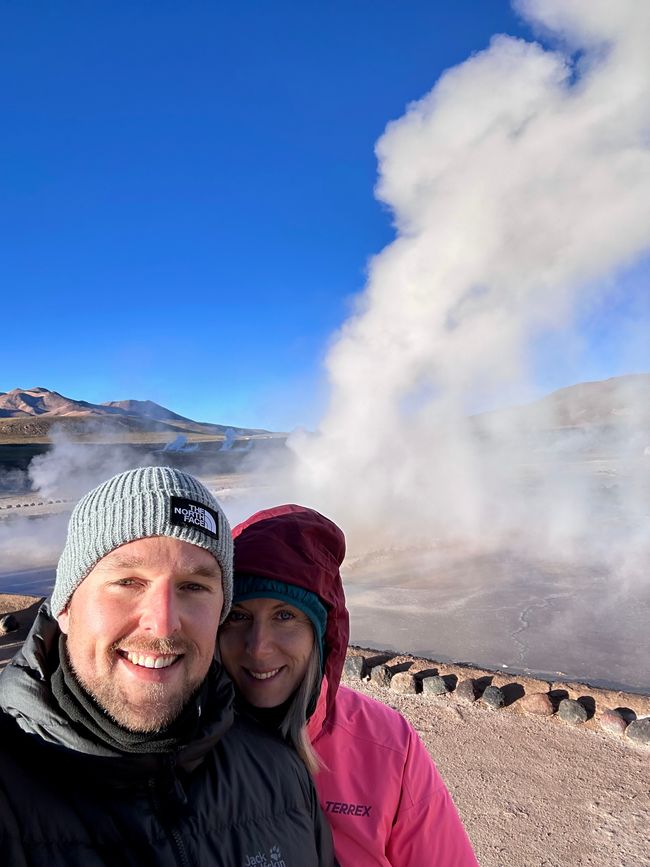
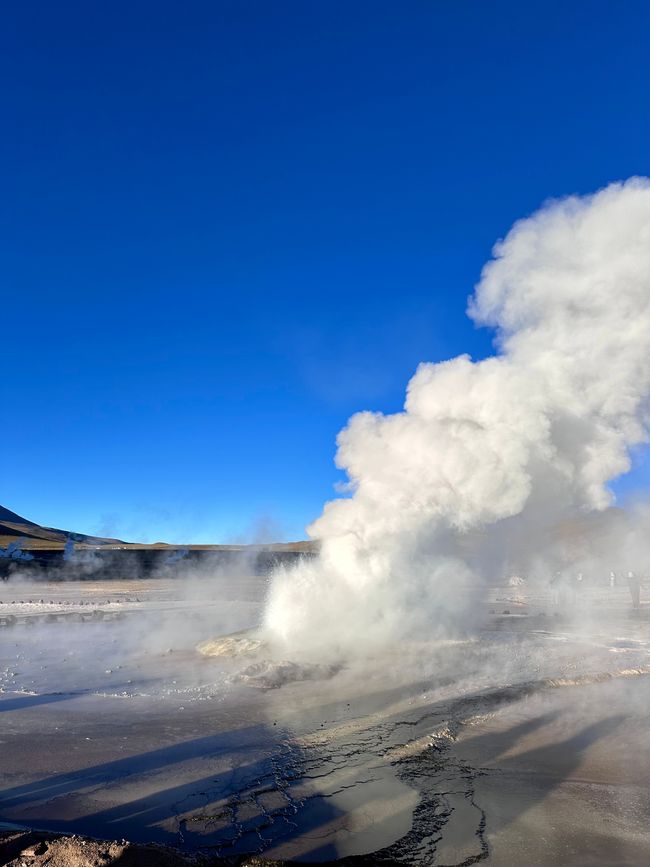
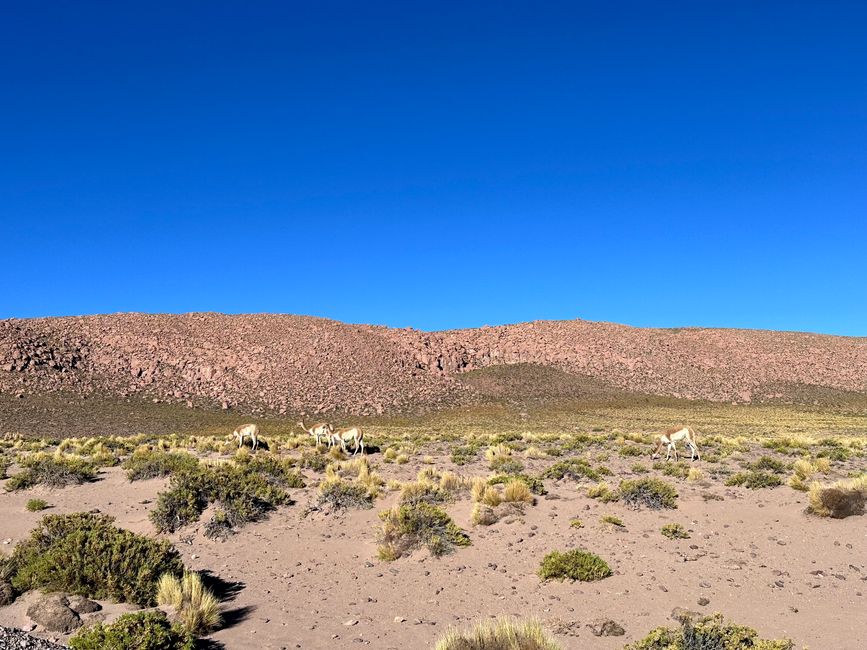
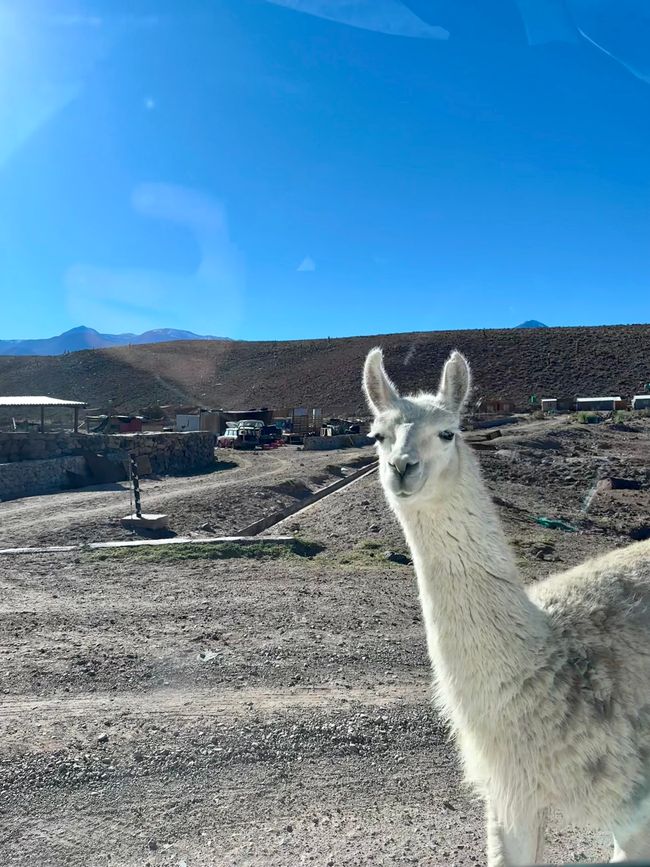
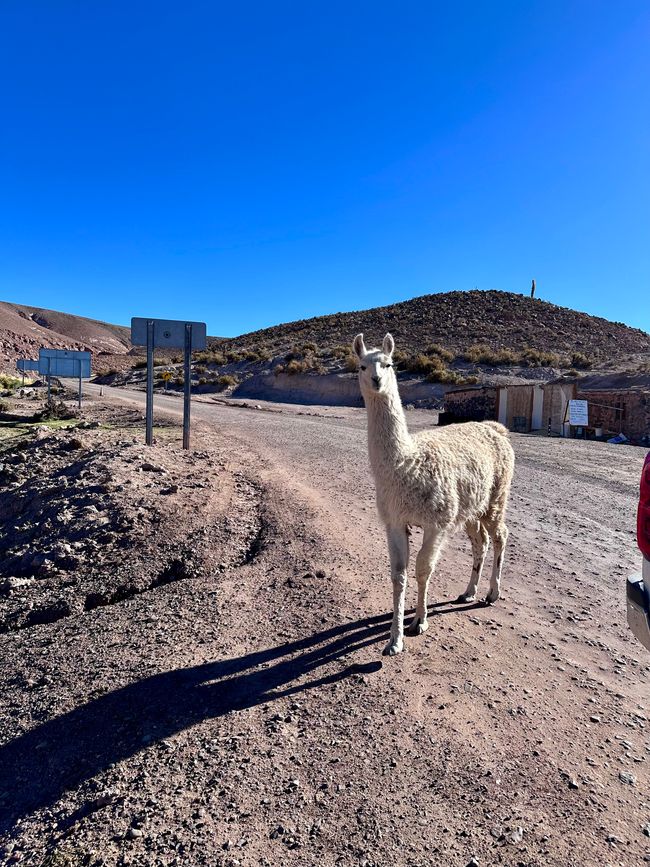
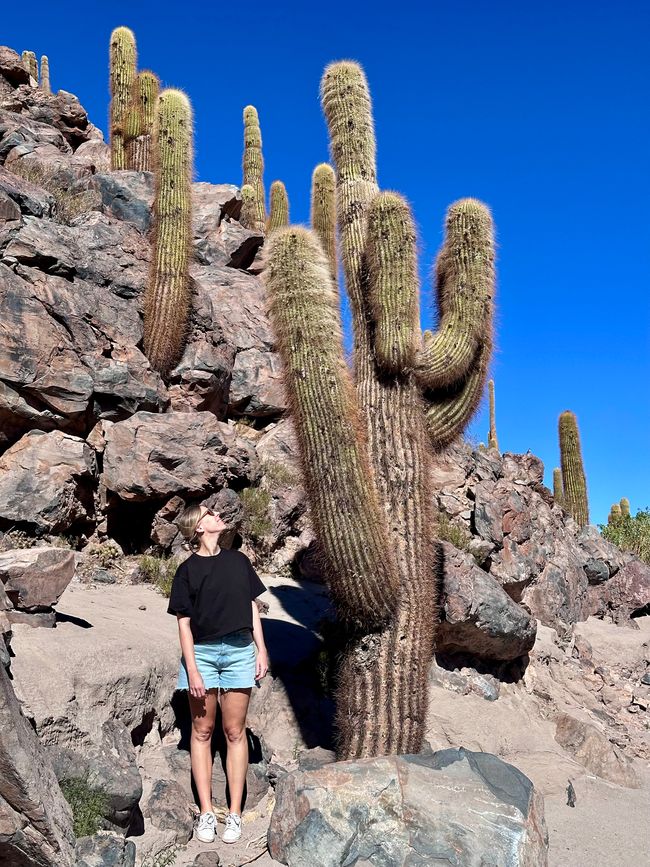
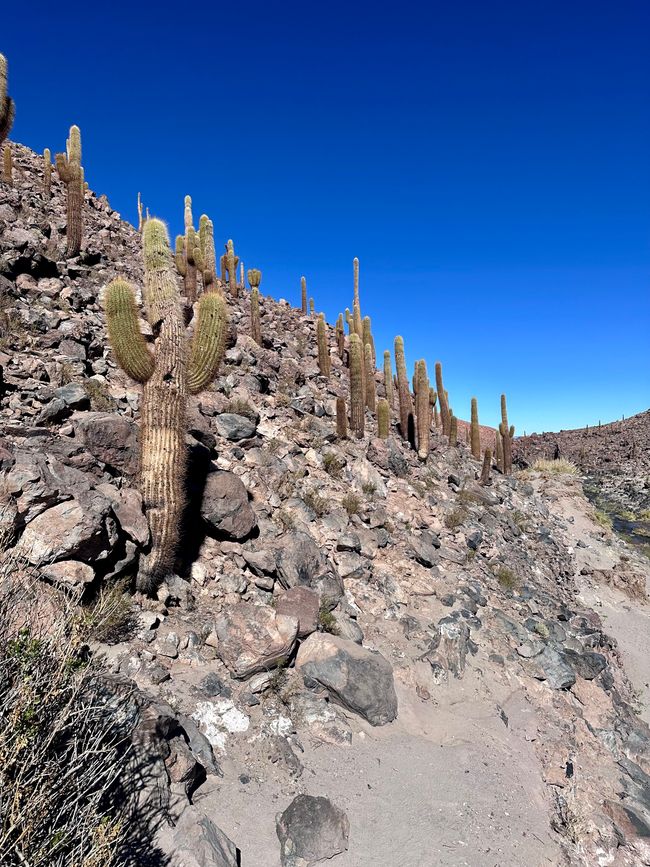
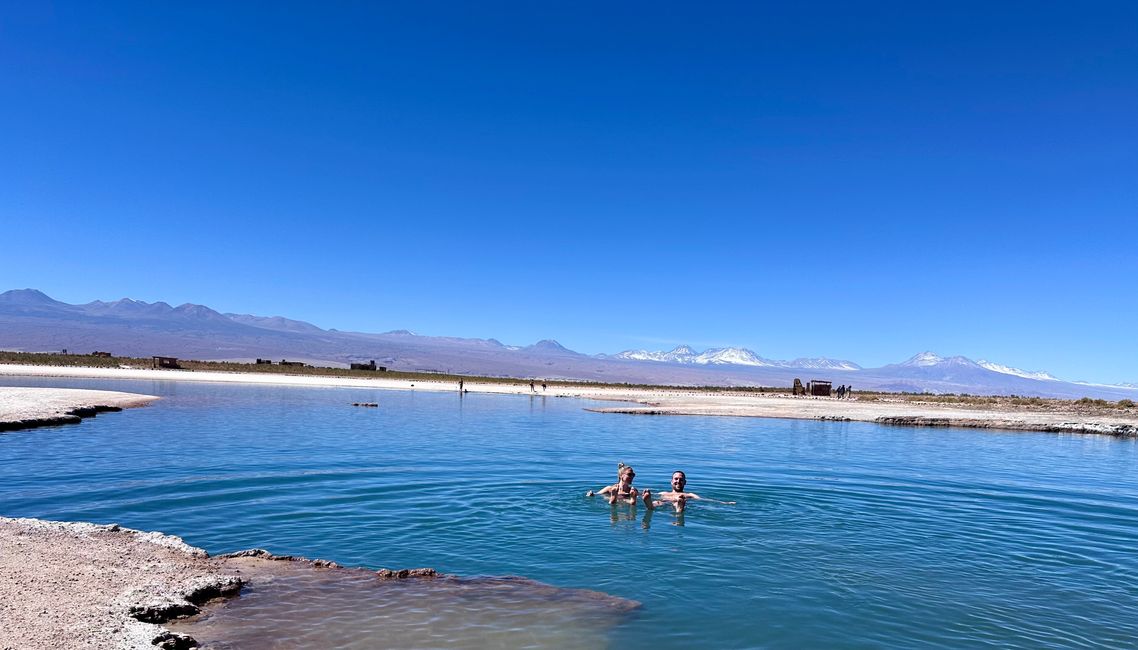
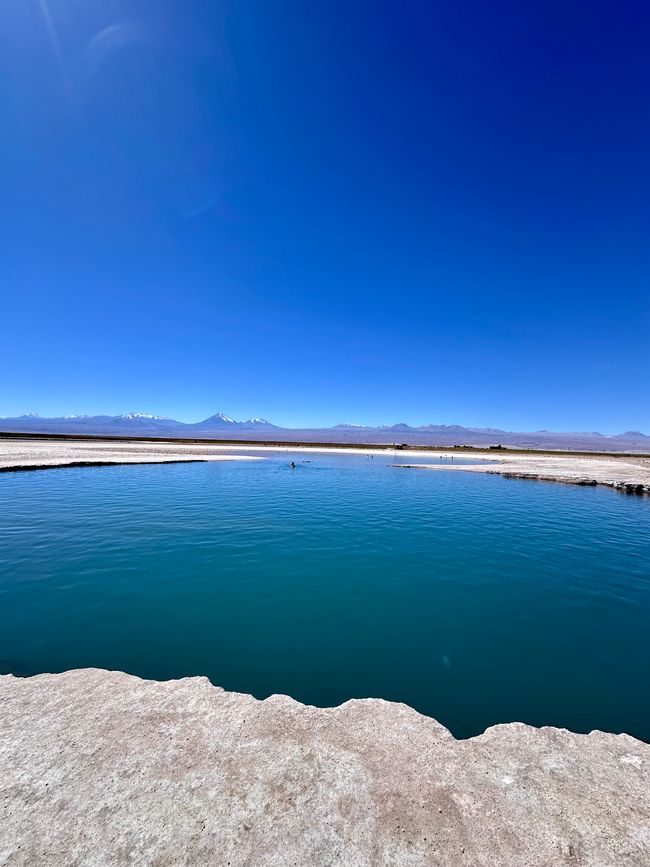
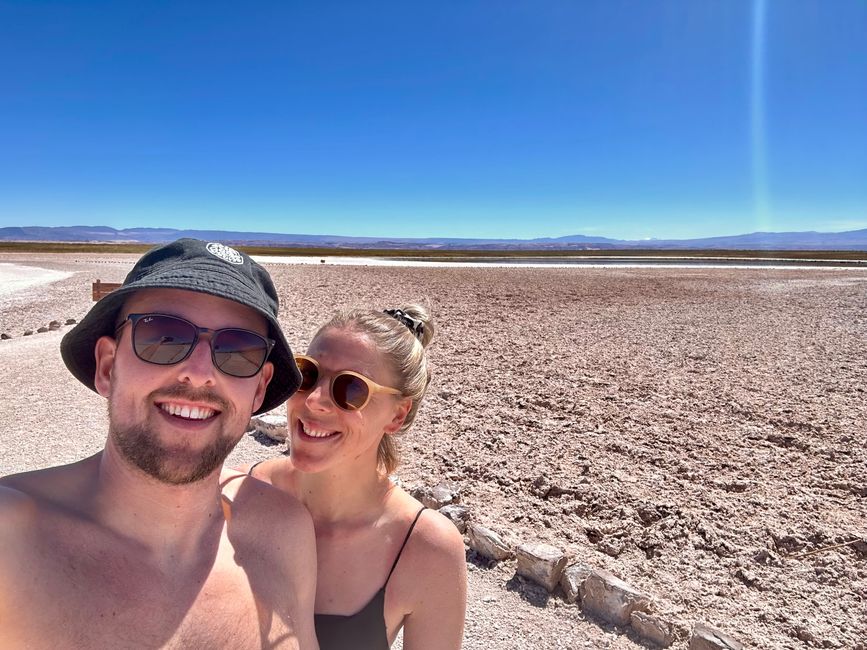
Ejesuscribi Boletín de Noticias-pe
After acclimatizing for about three days, today was the day to visit the geysers in El Tatio. At the base of the "El Tatio" volcano lies the third largest geyser field in the world, at over 4200m altitude.
The approximately 30 geysers are best and most active in the early morning hours when it is still very cold. Therefore, the alarm clock rang early at 4:30 am and we set off in complete darkness on the two-hour journey to the highlands. The Hilux once again proved invaluable, as the tar road was riddled with deep craters. At -6 degrees, we reached the park's ticket counter around 6:30 am and could already see huge columns of smoke or steam rising in the distance. We then walked to the small and large geysers, some of which were up to a meter high. After about an hour, the sun slowly came out and the crowd of people became a bit overwhelming, so we decided to head back. The long journey and early wake-up were definitely worth it. On the way back, we could observe the vast landscape and a few alpacas on the side of the road. In a village, we were stopped by a large alpaca that stood in the middle of the road and stared at us from the side. In the "Valle de los Cactus," we made a short stop, walked through the valley and past towering cacti.
Our last stop for the day was the "Laguna Céjar & Laguna Piedra," also three huge pools in the middle of the salt desert. Here too, it was possible to bathe in one of the lagoons, but for a maximum of 30 minutes. The water was indeed ice-cold, but the sun was already strong again by noon, so the brief cooling off felt good. For lunch, we briefly returned to the center and then back to the hotel to advance the travel planning and relax a bit. We also found a post office in the city to send a package with the hiking shoes and clothes back to Germany.
After dinner (pizza again), we had two delicious Pisco Sours in a bar with live music, but we left early towards the hotel as the early wake-up was still weighing on us a bit.
Ejesuscribi Boletín de Noticias-pe
Mbohovái
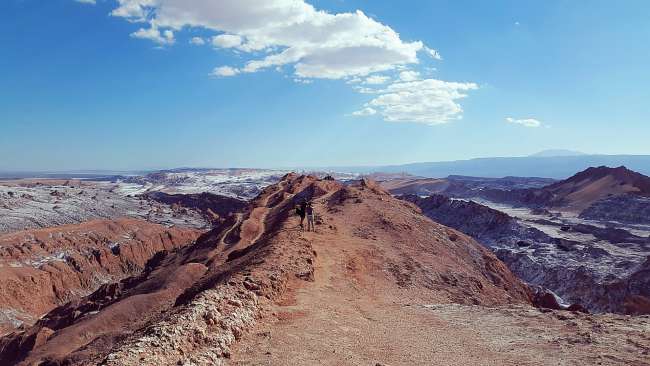
Marandu jeguata rehegua Chile

